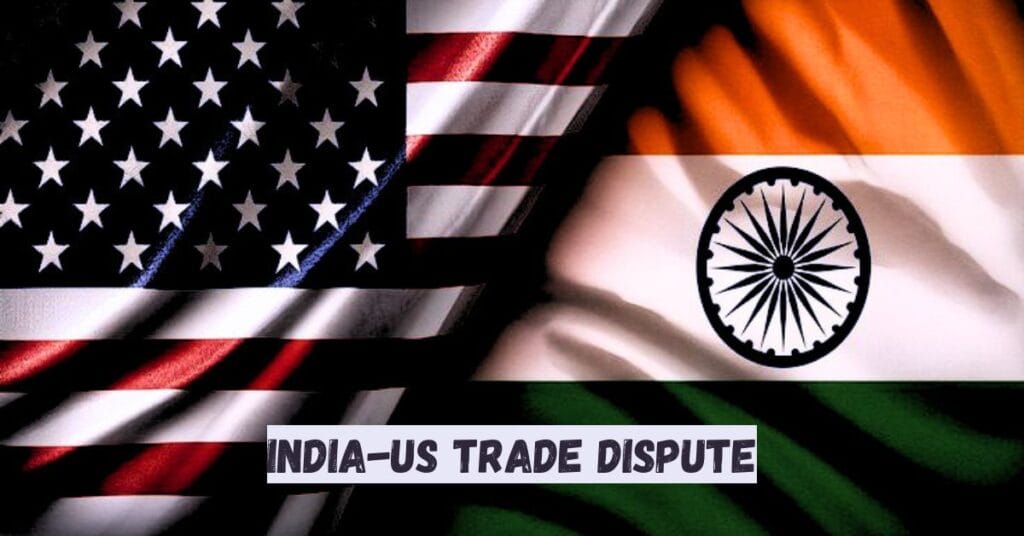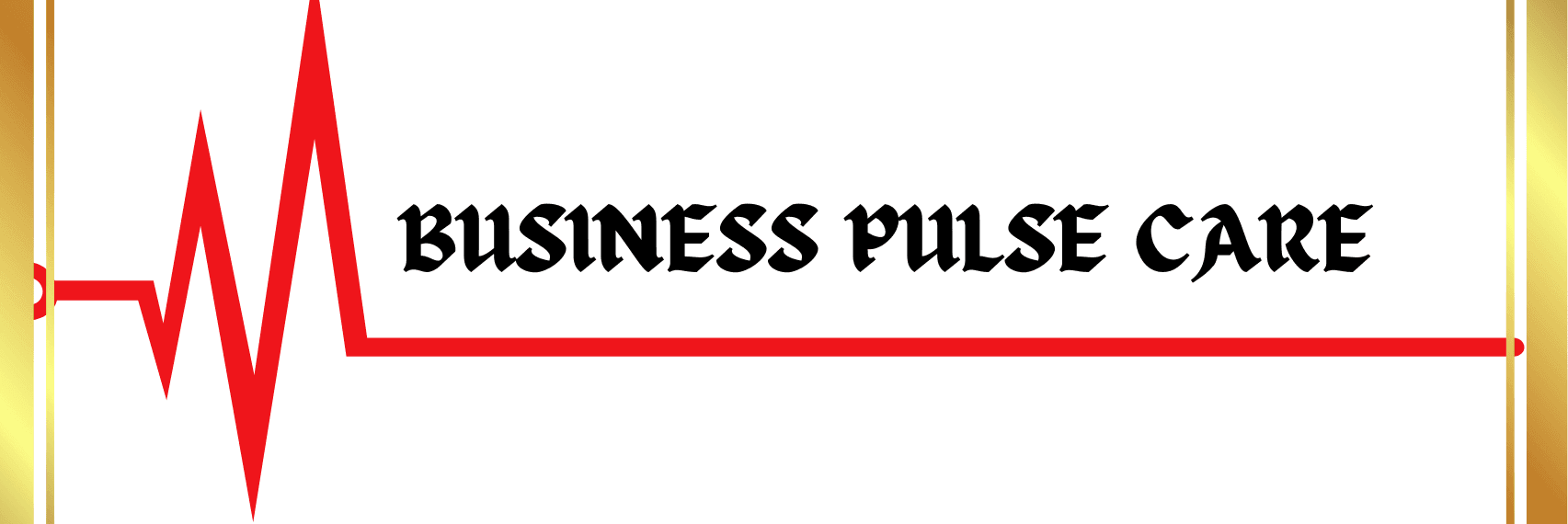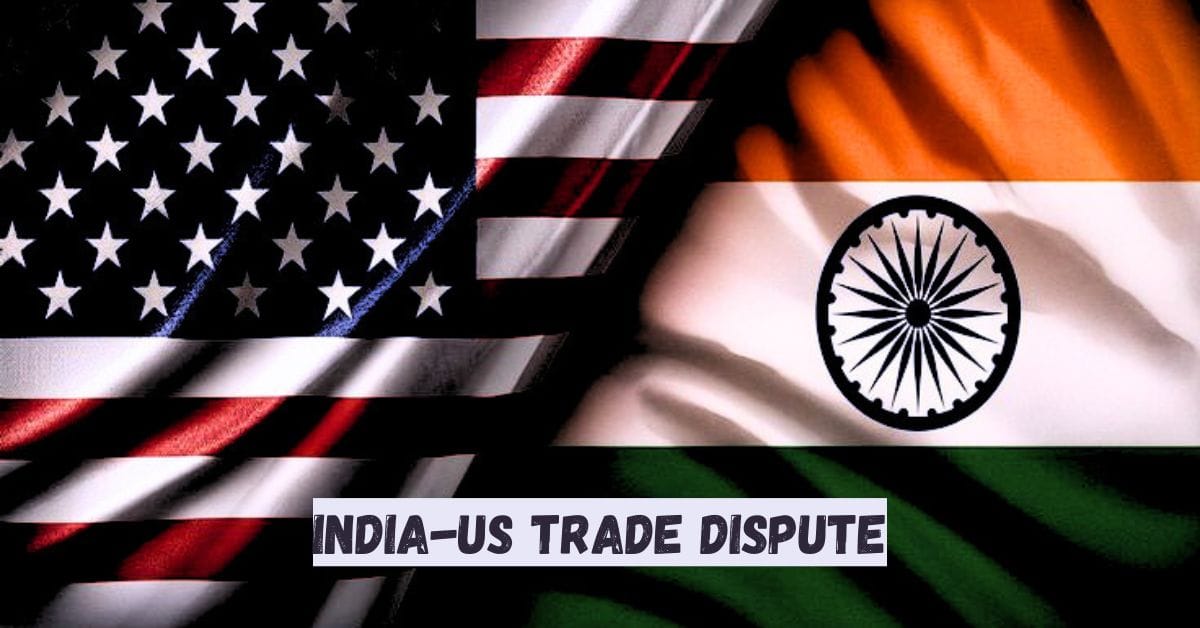The India-US Trade Dispute has escalated following US President Donald Trump’s announcement of a 26% tariff on Indian goods. This “reciprocal” or “tit-for-tat” tariff, revealed late Wednesday night, comes as a direct response to what Trump perceives as unfair trade practices by India.

Table of Contents
India-US Trade Dispute: Trump’s Rationale
Trump justified the tariff by stating, “India charges up to 52% tariff on the US, so the US will charge 26% tariff on India. We will charge about half the tariff that other countries are charging us. So, the tariffs will not be completely reciprocal. I could have done that, but it would have been difficult for a lot of countries. We did not want to do that.”
India-US Trade Dispute: Broader US Tariff Policy
Beyond India, the US is implementing varying tariff rates on other nations, including:
- China: 34%
- European Union: 20%
- South Korea: 25%
- Japan: 24%
- Vietnam: 46%
- Taiwan: 32%
Approximately 60 countries will face tariffs set at roughly half their existing rates on US goods. Additionally, a 10% baseline (minimum) tariff will apply to all goods entering the US from foreign countries, effective April 5th, with the reciprocal tariffs taking effect after midnight on April 9th. 1
Key Points of Trump’s Announcement
- Auto Sector: A 25% tariff will be imposed on foreign-manufactured vehicles, a significant increase from the previous 2.4% on motorcycles. Trump cited India’s 60% tariff on motorcycles as an example of unfair trade.
- “America First” Policy: Trump reiterated his “America First” agenda, stating that the US will now prioritize its economic interests and demand reciprocal trade practices.
- Domestic Manufacturing: Companies seeking tariff exemptions will be required to manufacture their products in the US.
- Job Creation: The tariffs are intended to incentivize companies to relocate production to the US, creating jobs and stimulating domestic industries.
- Canada’s Dairy Tariffs: Trump criticized Canada’s dairy tariffs as unfair to US farmers.
- “Economic Freedom Day”: Trump declared the tariff announcement as a day of “economic freedom” for the US.
India’s Response
India’s Ministry has acknowledged the 26% tariff and is currently assessing its potential impact. Officials have indicated that while certain sectors will be affected, India’s economy is resilient. India is also considering addressing the US’s concerns to potentially mitigate the tariffs.
🚨US just hit India with tariffs. ~half of what India charges (26% vs India's 52%).
— Sum (@sumjitg) April 3, 2025
Big impact on exports:
>Textiles (28% of exports)
>Pharma ($12.7B)
>Seafood (27.8% tariff!)
>Jewelry ($11.9B)
>Footwear
Could cost India $3.1B total. ~1% of GDP. markets watching. pic.twitter.com/DgHyvI6QXL
US Accusations of Unique Certifications
The White House has further accused India of demanding “confusing certifications” in sectors such as chemicals, telecommunications products, and medical devices, hindering US companies’ access to the Indian market.
The India-US Trade Dispute remains a developing situation, with both nations evaluating the economic and diplomatic implications of the newly imposed tariffs.

Jay Chavda He is the Founder and Writer of businesspulsecare.com. He is an I.T Engineer, Freelancer, Businessman. He posts Business, Stock/Share Market, Finance Related News and updates on the website. 🔗

